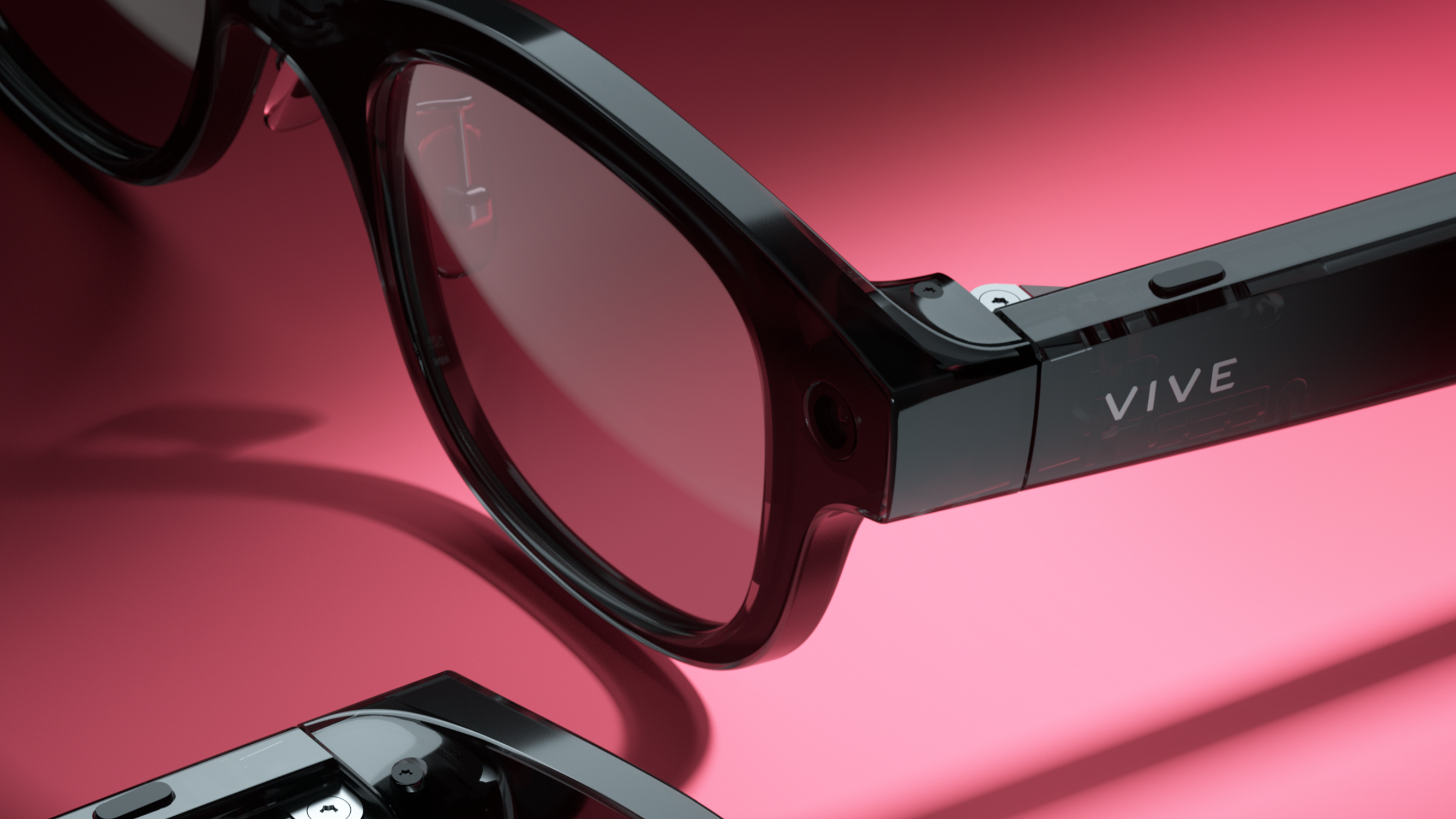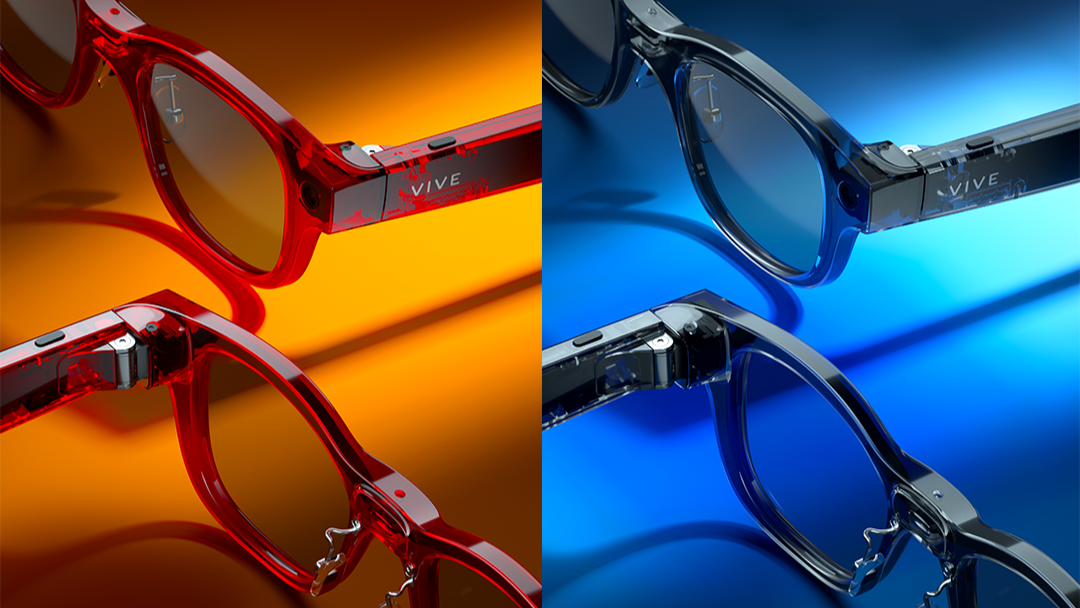- HTC has a new pair of smart glasses called the Vive Eagle
- They boast many of the same features as their rivals
- You can only get them in Taiwan right now
HTC has just announced a new Vive wearable, but it’s not another VR headset – instead it’s a pair of stylish AI glasses called Vive Eagle. And I’m feeling twinges of jealousy towards anyone that can get a pair.
That’s because these smart specs could put up a good fight against the Ray-Ban Meta smart glasses I’ve come to love (as well as the new Oakley HSTN specs that take the RayBans and make them a smidge better).
Hardware-wise, Vive goes beat for beat with the competition. It boasts a 12MP snapper as well as open-ear speakers, and a solid battery life of up to 36 hours of standby time and 4.5 hours of music playback while still boasting a sleek 49g design.
Where I think it truly shines however is its AI.

That’s because while Vive’s own assistant can help you with tasks it can also team up with your choice of ChatGPT or Google Gemini rather than locking you to one service – like how Meta’s glasses are entirely dependent on Meta AI.
As we’ve come to expect from AI companions, Vive also makes clear that “all user data is stored locally” on its glasses meaning it isn’t used for model training. When using third-party AI services your data is also anonymised to provide improved privacy.
Rounding off the AI upgrades, Vive’s specs are better with languages. Meta’s AI currently lets its smart specs translate between English, French, Spanish, Italian and German, Meanwhile Vive’s assistant supports Arabic, Traditional Chinese, English, French, German, Greek, Italian, Japanese, Portuguese, Spanish, Korean, Thai, and Turkish.
And I can’t ignore the Eagle’s striking design. I’m boring enough to want to grab the translucent black pair, but the slightly see through berry red, blueish gray, and coffee brown all look beautiful and each perfectly highlight the specs’ blend of fashion and technology.
Though with a Wayfarer-like shape, these glasses perhaps don’t create enough of their own personality from a silhouette perspective.

Unfortunately they won’t be easy to get your hands on.
Firstly, the Vive Eagle specs are currently exclusive to Taiwan. Specifically you can find them at 2020EYEhaus premium eyewear locations and designated Taiwan Mobile OP Experience Stores.
Secondly, they are pricier than some of their rivals, such as the Meta Ray-Bans and their new Oakleys collaboration.
Viva's glasses are currently up for pre-order, and when they launch on September 1 they’ll cost NT$15,600 (New Taiwan dollars).
That comes to about $520 / £385 / AU$795 – which is higher than the most expensive Meta Ray-Bans at $379 / £379 / AU$539, and the $499 / £499 / AU$789 Oakley smart glasses with PRIZM lenses (ignoring the UK where the Oakleys are over £100 more).
I’ll need to try the Vive Eagle glasses out before passing judgement, but there is seemingly a lot to love here, and as the AI glasses competition heats up – with Meta Connect promising next-gen specs, and Android XR due next year – Vive’s Eagle wearable is a welcome addition that I look forward to seeing more of.
You might also like
- Meta CTO teases ‘big wearables announcements’ for later this year but makes no VR headset promises
- These smart glasses promise to remember your life better than you can, and we simply aren’t ready for these next-gen wearables
- 4 key changes Meta is making with its Oakley smart glasses to make them stand out from the Ray-Ban AI specs









 English (US) ·
English (US) ·